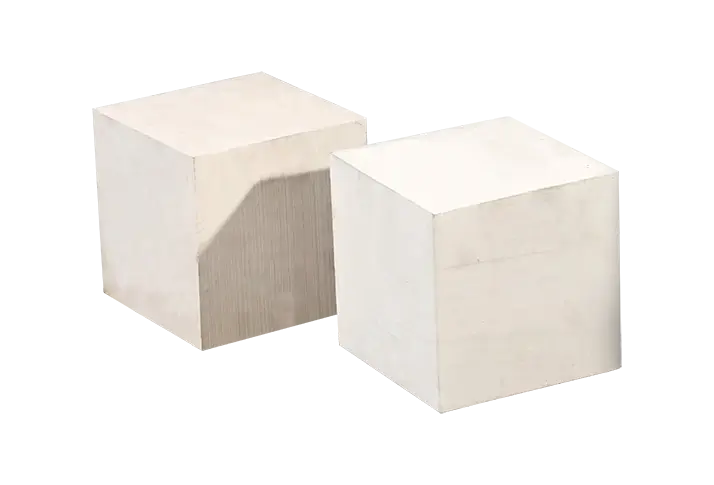Best Practices and Recommendations for Using Electric Fusion AZS Bricks in High-Temperature Applications
2025/01/26
Interactive Q&A
Explore expert guidelines for the optimal use of Electric Fusion AZS Bricks. Learn essential practices to enhance performance and durability in high-temperature environments.
Introduction
Electric fusion AZS (Alumina-Zirconia-Silica) bricks are a critical component in high-temperature applications, particularly in the glass and steel industries. Their unique structure allows them to withstand extreme conditions while providing excellent thermal and chemical stability. This article outlines best practices and recommendations for using these bricks effectively, ensuring optimal performance and longevity.
Understanding Electric Fusion AZS Bricks
Electric fusion AZS bricks are produced through a specialized melting process that leads to a dense and homogeneous product. This manufacturing method enhances their mechanical strength and minimizes porosity, making them suitable for environments subject to thermal shock and corrosive conditions. Proper understanding of material properties is key to maximizing their effectiveness.
Best Practices for Installation
To ensure the best performance of electric fusion AZS bricks, the installation process is crucial:
- Surface Preparation: Ensure all surfaces are clean and free of contaminants to enhance adhesion.
- Proper Alignment: Carefully align the bricks to avoid gaps and misalignments that can lead to thermal stress.
- Use of Quality Mortars: Select appropriate high-temperature mortars to pair with AZS bricks, ensuring compatibility with material properties.
Operational Guidelines
Once installed, maintaining optimal operation conditions is vital:
- Temperature Control: Gradually increase the temperature to avoid thermal shock. Sudden temperature changes can lead to cracking.
- Regular Inspections: Conduct routine checks to identify wear and tear, ensuring timely repairs and replacements to prevent failures.
- Monitor Chemical Interactions: Be aware of potential chemical reactions with other materials that could compromise the integrity of the AZS bricks.
Maintenance and Longevity
To extend the life of electric fusion AZS bricks, implement the following maintenance practices:
- Systematic Cleaning: Remove any build-up of residues that can cause thermal insulation problems.
- Repairing Techniques: Learn effective techniques for brick patching to maintain thermal efficiency and structural integrity.
- Documentation: Keep a record of operational data and maintenance activities to identify trends and improve practices continuously.
Conclusion
Implementing these best practices ensures the effective use of electric fusion AZS bricks in high-temperature applications. By understanding their properties, following installation and operational guidelines, and maintaining diligence in maintenance, users can achieve optimal performance and longevity of their heat-resistant structures. For more insights into maintaining high-efficiency environments, please explore additional resources.


